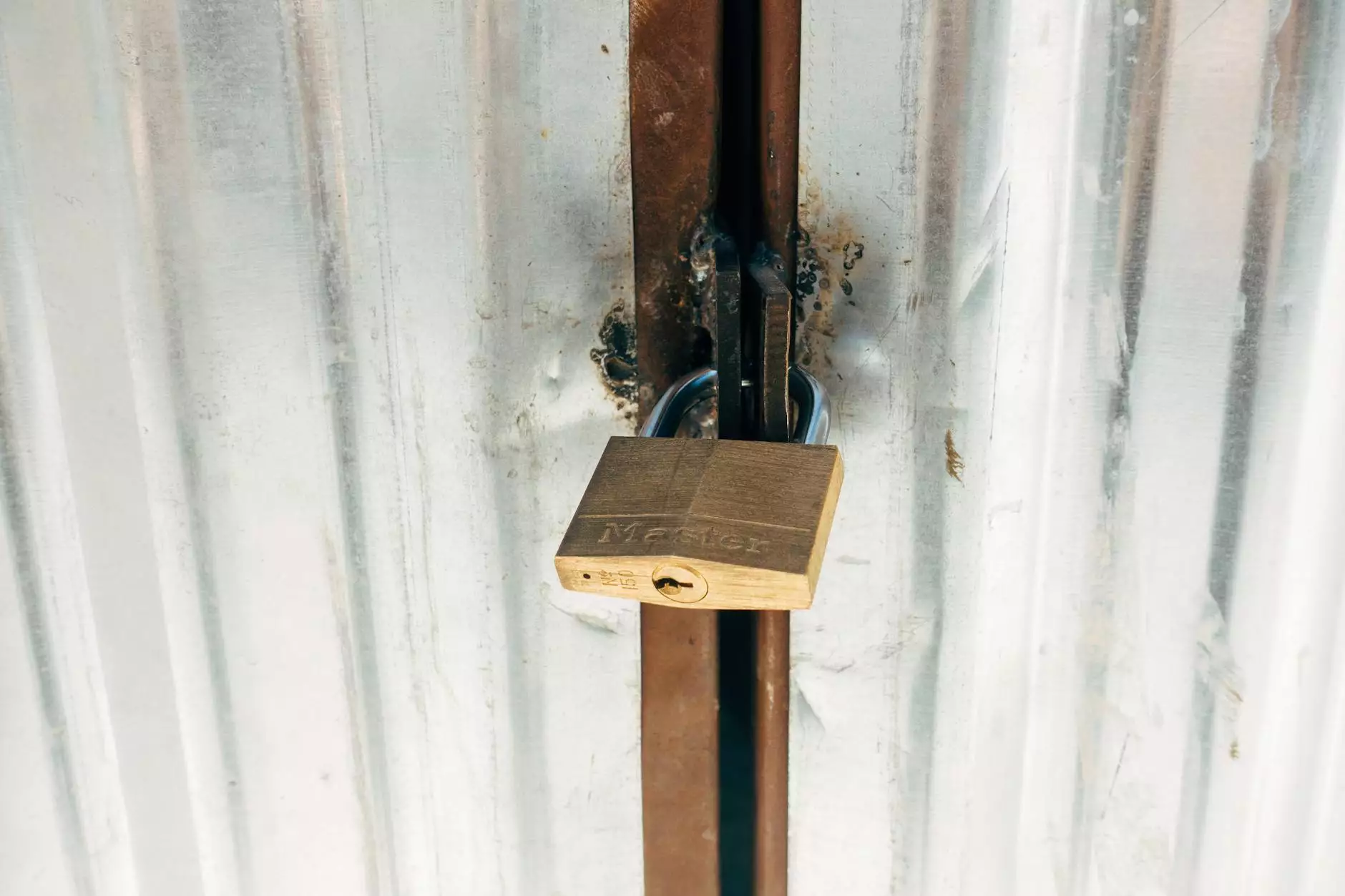Understanding the Costs of Fixing Pectus Excavatum

Pectus excavatum, commonly known as sunken chest syndrome, is a condition where the breastbone sinks inward. This condition not only affects the physical appearance but can also lead to serious health issues such as respiratory problems or reduced cardiac capacity. For those considering treatment, a common question arises: how much does it cost to fix pectus excavatum? This article will explore the various factors affecting the costs and the available treatment options.
What is Pectus Excavatum?
Pectus excavatum is one of the most prevalent congenital deformities of the chest wall, affecting approximately 1 in 300 individuals. This condition can become apparent at birth and may worsen during puberty as the rib cage grows. The severity can vary significantly among individuals. While many people with this condition live without significant health concerns, those with moderate to severe pectus excavatum may experience:
- Difficulty breathing during physical exertion
- Decreased exercise tolerance
- Chest pain
- Psychosocial effects such as low self-esteem
Treatment Options for Pectus Excavatum
The treatment for pectus excavatum typically falls into two categories: surgical and non-surgical options. Understanding the costs associated with each can help patients make informed decisions.
Surgical Treatment
Surgical intervention is often recommended for those with more severe cases. The most common surgeries include:
1. Nuss Procedure
This minimally invasive surgery involves inserting a curved metal bar underneath the sternum to elevate and reshape the chest wall. Patients can expect an average cost of $30,000 to $50,000 for the Nuss procedure, including the hospital stay, surgeon's fees, and necessary medical assessments.
2. Ravitch Procedure
The Ravitch procedure is more invasive and requires cutting through the rib cartilage and repositioning the sternum. This surgery may cost between $40,000 to $70,000. This cost varies based on the hospital fees, the surgeon's experience, and potential complications that may arise during or after the surgery.
Non-Surgical Treatment
For individuals with mild cases or those who do not want to undergo surgery, non-surgical options such as physical therapy may be recommend. While these do not correct the chest deformity, they can help improve chest wall mechanics and respiratory function. Costs for physical therapy sessions typically range from $50 to $150 per session, and a course might require 10-20 sessions.
Factors Influencing the Cost of Pectus Excavatum Treatment
When considering how much does it cost to fix pectus excavatum, several critical factors come into play:
- Location: The geographical location can heavily influence the costs of surgery, with urban centers generally charging more than rural clinics.
- Experience of the Surgeon: Highly experienced surgeons usually command higher fees due to their specialized skills and successful outcomes.
- Type of Hospital: Private hospitals might offer more comfort and better facilities but at a higher cost compared to public hospitals.
- Insurance Coverage: Some health insurance plans may cover a portion or all the costs of the surgery if it is deemed medically necessary. Checking with your provider can provide clarity on what is covered.
- Additional Treatments: Post-operative care, including follow-up visits, pain management, and potential complications, may also add to overall costs.
Insurance Coverage and Financing Options
Insurance can significantly alter the financial landscape when seeking treatment. Many insurers will cover surgical costs for pectus excavatum if it causes significant breathing issues or other serious health concerns. Patients are urged to:
- Contact their insurance provider to verify coverage details.
- Request a pre-authorization process if necessary.
- Consult with the healthcare provider’s billing department for clarity on what costs might remain.
Life After Treatment: Recovery and Outlook
After treatment, especially surgeries like the Nuss or Ravitch procedures, patients can anticipate a recovery period of several weeks. During this time, pain management, follow-up visits, and rehabilitation are crucial components of the healing process. Patients can generally expect:
- To return to normal activities within a few weeks to months, depending on their surgery.
- A gradual improvement in respiratory efficiency and overall physical appearance, which can help boost confidence.
- To attend follow-up appointments to monitor the healing process and check for potential complications.
Conclusion
In conclusion, understanding how much does it cost to fix pectus excavatum is essential for anyone considering treatment options for this condition. Whether opting for surgical or non-surgical methods, costs can vary widely based on location, surgeon expertise, and healthcare policies. It is crucial to engage in thorough research and consultation with medical professionals, such as those at El Clinics, to navigate the best path towards a healthier future.









